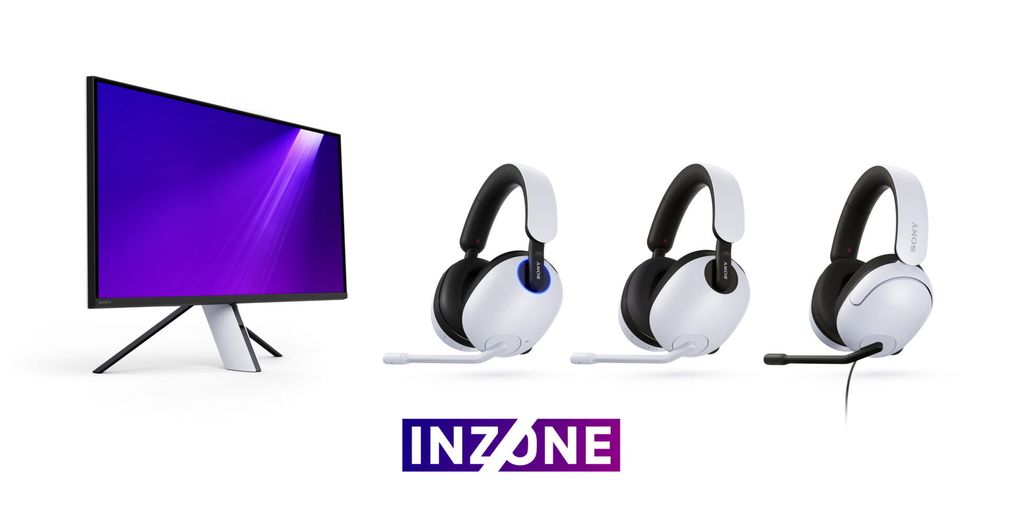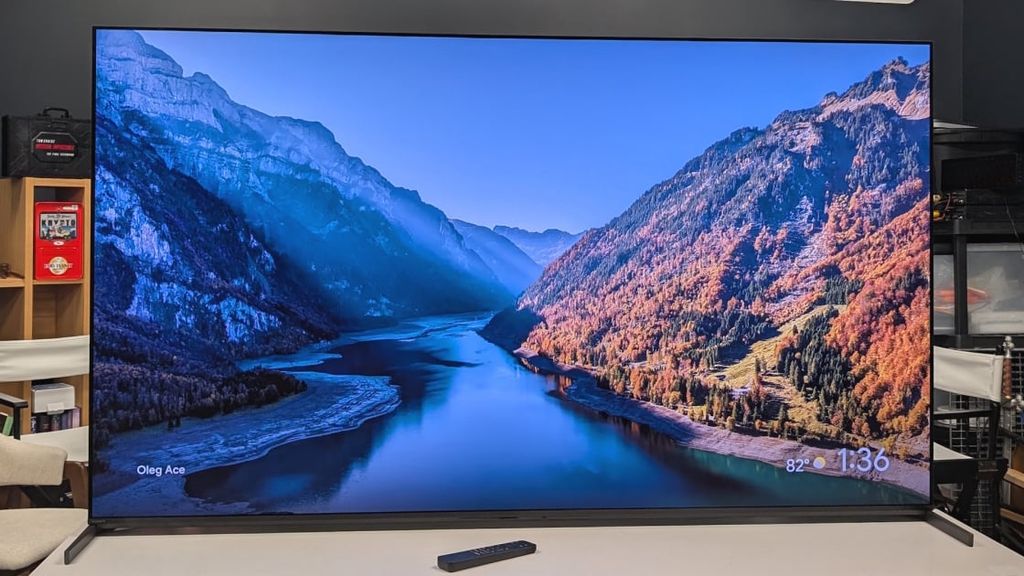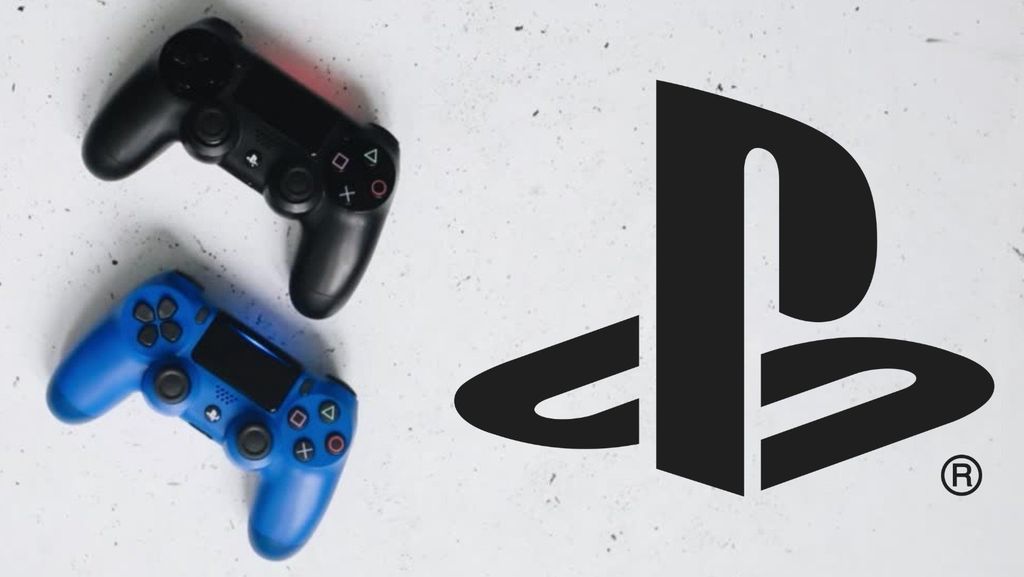Full Array LED matrix with local dimming: This technology provides precise backlight control, resulting in deeper blacks and better contrast, improving image quality.
4K HDR Processor X1™: The advanced processor analyzes and optimizes the image in real-time, delivering clear, detailed, and realistic content in 4K resolution.
120 Hz refresh rate: The high refresh rate ensures smooth motion, ideal for dynamic content such as sports broadcasts or video games.
TRILUMINOS PRO™ and Live Colour™ technology: Offer a wide color gamut, making images vibrant and realistic, with natural shades.
HDR support: Compatibility with HDR10, HLG, and Dolby Vision formats provides a wide dynamic range, offering more realistic and detailed images.
Google TV™ operating system: An intuitive and fast Smart TV system providing access to a wide range of apps and streaming services, such as Netflix, YouTube, or Amazon Prime Video.
X-Motion Clarity technology: Improves the smoothness of dynamic scenes, eliminating blurring and stuttering, which is particularly important when watching sports or action movies.
Dolby Atmos sound: Spatial audio technology delivers immersive audio experiences, making sound surround the viewer from all sides.
Gaming features: Support for VRR (Variable Refresh Rate) and ALLM (Auto Low Latency Mode) ensures smooth and responsive gameplay without lag or stutter.
Sleek design with a narrow bezel: A modern look with minimal bezels around the screen, increasing display area and the device's aesthetics.
- Matching (Score)
- Our verdict
- Competing TVs
- TV appearance
- Where to buy
- Contrast and black detail
- HDR effect quality
- Factory color reproduction
- Color reproduction after calibration
- Smoothness of tonal transitions
- Image scaling and smoothness of tonal transitions
- Blur and motion smoothness
- Console compatibility and gaming features
- Input lag
- Compatibility with PC
- Viewing angles
- Daytime performance
- TV features
- Apps
- Playing files from USB
- Sound
- Panel details
Refresh rate: 120Hz Brand: SONY Resolution: 3840x2160 System: Google TV Model year: 2023
SONY X85L - Our verdict
6.9
Overall rating
Sony X85L is a model from 2023 that will continue to be offered in 2024 by the Japanese manufacturer. Its biggest advantage is the Google TV system. It currently provides the greatest access to applications, so we don't have to fear that any of our favorite apps will be missing. The intuitive interface and voice control feature via Google Assistant make daily use of the television convenient and modern. In terms of picture quality, Sony X85L performs well. Thanks to local dimming (albeit with a very average number of zones), black looks really decent. Additionally, its quite high brightness allows for comfortable TV viewing during the day, even in well-lit rooms. Moreover, the television offers the ability to record programs from built-in tuners, which is a great convenience for those wanting to control what and when they watch. In terms of motion fluidity, the X85L also does not disappoint. The 120 Hz panel and Motionflow system provide smooth display of dynamic scenes, pleasing both movie buffs and sports fans. The TV is also equipped with a range of features for gamers, including VRR, Game Bar, and G-Sync support, making it an attractive choice for gaming enthusiasts. Of course, the television is not without its drawbacks. The lack of HGiG support and high input lag in Dolby Vision mode can be disappointing for more demanding gamers. Additionally, the compromise between font readability and image fluidity when connected to a PC may not appeal to everyone. Nevertheless, Sony X85L is decent equipment, particularly worth noting if it can be purchased on promotion.
Advantages
Expanded Google TV System
Good contrast
Good brightness
Features for gamers - VRR, Game Bar, and G-Sync
Base with adjustable legs
Disadvantages
No support for HGiG, Dolby Vision with high input lag
Font readability issues on PC at 120 Hz
Only 2 HDMI 2.1 ports - one of which serves as eARC
Movies and series in UHD quality
6.4
Classic TV, YouTube
6.3
Sports broadcasts (TV and apps)
6.6
Gaming on console
7.8
TV as a computer monitor
5.6
Watching in bright light
6.5
Utility functions
7.7
Apps
9.6
Sound quality
6.9
Complete the survey to find out what fits your preferences
SONY X85L - Competing TVs in this price range
SONY X85L - TV appearance
HDMI inputs: 2 x HDMI 2.0, 2 x HDMI 2.1 (48Gbps) Other inputs: RCA (Chinch) Outputs: Toslink (Optical audio), eARC (HDMI), ARC (HDMI) Network Interfaces: Wi-Fi 2.4GHz, Wi-Fi 5GHz, Ethernet (LAN) 100Mbps
Build quality: Good
Stand type: Legs
Bezel color: Graphite







Stand: Base adjustment
Flat design: No
Accessories: Stand
Buy at the best price
Select size:
SONY X85L - Contrast and black detail
6.7/10
Local dimming function: Yes, number of zones: 24 (4 x 6)

Result
8,700:1

Result
7,800:1

Result
19,200:1

Result
5,750:1

Result
5,150:1
Visibility of details in the lights:

The Sony X85L TV is equipped with a VA panel, which in itself offers quite good contrast. Additionally, this model features local dimming technology – in the 55-inch version, it includes 24 zones. Although this number is not impressive, it naturally increases with the size of the TV. The contrast in the X85L is good, though not the best, especially in comparison to other TVs also equipped with advanced local dimming technology. Results at the level of 8000:1 are satisfactory, but they appear average against the competition. In some cases, such as the third scene from the movie Arrival, the contrast is promising and performs quite well. This is thanks to the very good dimming algorithm that Sony has been using in its TVs for years. Unfortunately, due to the limited number of local dimming zones, the TV suffers from noticeable blooming, which can be seen, for example, in scenes with the helicopter from the movie Sicario 2.
Halo effect and black detail visibility:
SONY X85L - HDR effect quality
5.8/10
Supported formats: HDR10, Dolby Vision, HLG Color gamut coverage: DCI P3: 95.0%, Bt.2020: 71.5%
Luminance measurements in HDR:

Result
736 nit

Result
415 nit

Result
535 nit

Result
249 nit

Result
599 nit
The Sony X85L TV offers solid HDR performance with a brightness level of 750 nits, which is sufficient to enjoy vivid effects. In scenes of moderate difficulty, such as the first, third, or fifth test scenes, a brightness of around 600 nits allows one to fully experience the HDR effect. Unfortunately, in more demanding segments, such as the scene from the movie Sicario 2, the TV shows its limitations. Drops in brightness to 250 nits make the HDR effect lose its impressive quality and resemble regular SDR instead. Nevertheless, it is worth highlighting the very good coverage of the DCI-P3 color palette at 95%, which definitely deserves praise and positively affects the overall image quality.
Scene from the movie “Pan” (about 2800 nits)

Scene from the movie “Billy Lynn” (about 1100 nits)

In scenes requiring HDR adaptation, such as those from the films *Pan* and *Billy Lynn*, the Sony X85L television presents mixed results. In the first scene from *Pan*, where the sun appears in the distance against the landscape, the image is too dark, causing the television to lose essential details in the bright areas. This effect makes HDR lose its depth, and the viewer is unable to fully appreciate the richness of the details that should be seen in this sequence. In contrast, in the second scene from *Billy Lynn*, the television performs better – the image reproduction is quite consistent with the reference version. However, minor shortcomings can be noticed in the skin tones of the main actor, which may appear somewhat unnatural. In such situations, dynamic tone mapping would be helpful, allowing for better adjustment of brightness and contrast levels to achieve a fuller HDR image. Unfortunately, the Sony X85L television does not offer the user control over this feature, which limits its ability to flexibly respond to changing image conditions.
HDR luminance chart:
HDR luminance
Sony X85L supports static HDR10, which performed average in tests. In our HDR10 test scene, it could not adapt to dynamic changes in the image at all – the picture was too bright, losing detail and simply looking poor. Fortunately, Dolby Vision comes to the rescue, which, while not guaranteeing a perfect image, significantly enhances the viewing experience of HDR content compared to static HDR10 metadata. Dolby Vision manages contrast and details better, making darker and brighter segments more vivid and detailed. Its presence is particularly important as it is the most popular format on streaming platforms, making it a valuable addition for those frequently using services like Netflix or Disney+.
Static HDR10

Dynamic: Dolby Vision

Factory color reproduction
5.8/10
The Sony X85L television was tested in IMAX Enhanced mode, which, although associated with world-class cinema, does not guarantee an image that aligns with the director's vision. The main issue is the white balance – there is a noticeable strong dominance of blue color and significant lack of red. As a result, the image becomes unnaturally cool and appears artificial. The color reproduction errors were confirmed by the Colour Checker test, which showed significant discrepancies – colors were "scattered" like shots from a rifle, and only a few samples hit the target values. This clearly shows that the precision of color reproduction leaves much to be desired.
The brightness of the image is one of the positive features of the TV. The gamma for HD content is at an acceptable level, although there are minor errors, but generally, it is quite good. However, the brightness characteristics for 4K materials remain an issue, controlled by the EOTF curve. It is evident that very small, bright elements of the image are too dim, which is a result of the limited number of dimming zones due to the design of the television.
Color reproduction after calibration
7.5/10
Thanks to the use of calibration tools offered by Sony X85L, the image quality has been significantly improved. After calibration, the white balance for HD content is much more stable, making colors look more natural and the image gains authenticity. Although it is not perfect, these changes allow viewers to enjoy a more realistic representation of colors, eliminating the earlier cool tone. The gamma, which already performed decently, has been adjusted to an even better version. As a result, tonal transitions and brightness are more consistent, positively affecting the depth and detail of the image.
As for 4K content, despite efforts, the white balance still struggles with a deficiency of red, which can result in overly warm colors in some scenes. Synthetic tests showed that the EOTF curve in HDR is quite stable, with a slight boost in mid-bright scenes. However, in real film materials, the TV can still be too bright with fine, light details, which is a result of the limitations of large local dimming technology.
Nonetheless, calibration has brought significant benefits, particularly in color accuracy, improving overall image quality and providing a more natural and cohesive directorial vision.


SONY X85L - Smoothness of tonal transitions
7.1/10
The fluidity of tonal transitions in the Sony X85L is at a good level – the color gradation is smooth, even in more demanding areas, which makes the perception of scenes positive and natural. The biggest problems occur in the shadow areas, where subtle color blends may be visible. Nevertheless, the television performs well enough that most viewers should not notice these minor imperfections.








Image scaling and smoothness of tonal transitions
6/10
Smooth transition function
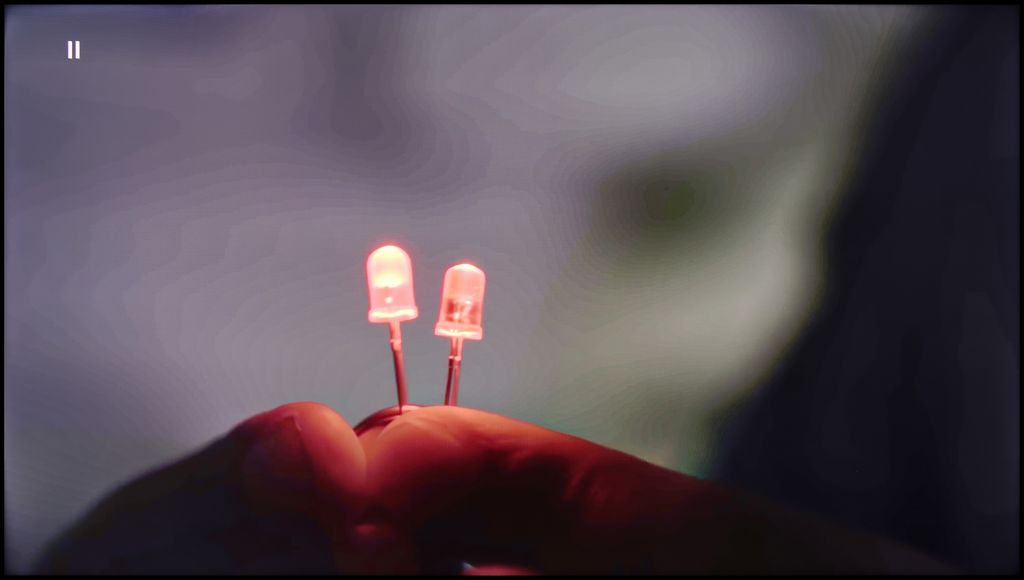
Image without overscan on the SD signal

In terms of smoothing tonal transitions, the Sony X85L television does not offer any dedicated enhancement options, which is a downside. On the other hand, image scaling performs quite well – the television adds a bit of artificial sharpness, which can make details such as tree branches more pronounced, although sometimes with noticeable jaggedness. This type of effect may appeal to some viewers who prefer a more detailed image.
SONY X85L - Blur and motion smoothness
8/10
Maximum refresh rate of the panel: 120Hz
Film motion smoothing option: Yes
Blur reduction option: Yes
BFI function 60Hz: Yes, 120Hz (double contours)
BFI function 120Hz: Yes, 120Hz
Brightness drop with BFI: 52%
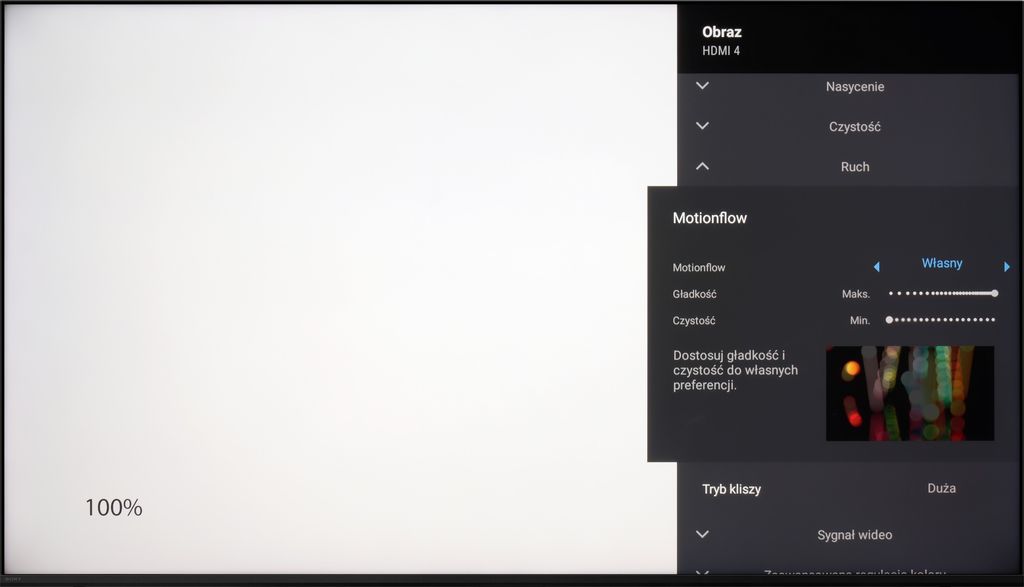
The Sony X85L, equipped with a 120 Hz panel, will meet the expectations of a wide range of users – from sports and gaming fans to movie buffs. Movie enthusiasts will surely appreciate the presence of one of the best motion smoothing systems, Motionflow. This system offers adjustment via smoothness and clarity sliders – smoothness is responsible for motion fluidity, eliminating stutter, while clarity enhances the sharpness of fast scenes, reducing blur.
Blur (native resolution, maximum refresh rate):



Blur (BFI function enabled):



As for smudging, the television performs well. A minimal afterglow may be visible in darker scenes, but overall the impressions are very positive. Additionally, the television is equipped with a BFI function that works properly, with no noticeable side effects, which further enhances the fluidity and clarity of motion.
SONY X85L - Console compatibility and gaming features
7.8/10
ALLM: Yes
VRR: Yes
VRR range: 48 - 120Hz
Dolby Vision Game Mode: Yes, high input lag
Correct implementation of HGIG: No
1080p@120Hz: Yes
1440p@120Hz: No
4K@120Hz: Yes
Game bar: Yes


Sony X85L offers quite a solid set of features for gamers, making it an attractive choice for gaming enthusiasts. First and foremost, the TV has a 120 Hz panel, translating to smooth and dynamic image display, ideal for both fast-paced action games and more demanding sports titles. It is equipped with two HDMI 2.1 ports with full bandwidth of 48 Gb/s, allowing for the full utilization of next-gen console capabilities. Additionally, the Sony X85L supports VRR (Variable Refresh Rate) technology, which helps reduce stuttering and artifacts during gameplay, providing a fluid experience. The TV also supports G-Sync, which is particularly beneficial for gamers using NVIDIA graphics cards, allowing for screen refresh rate synchronization with GPU performance, eliminating the tearing effect. It is worth mentioning the Game Bar feature, which facilitates quick access to essential gaming-related settings such as VRR, brightness levels, and display modes, making it convenient and useful during gameplay.
However, there are certain limitations. The TV does not support HGiG, which may be a downside for some gamers, as HGiG optimizes HDR effect rendering in games, providing a more authentic visual experience. Additionally, while Dolby Vision mode is available, it is not practical for gaming due to very high input lag.



SONY X85L - Input lag
9.1/10
In general, the input lag on the Sony X85L is very good, which is crucial for smooth gameplay and quick reactions in games. In standard modes, especially when using HDMI 2.1 and playing in 4K resolution at 120 Hz, the input lag is minimal.
Unfortunately, the Dolby Vision mode is an exception to this rule. In this case, the input lag reaches as much as 95 ms. Such a high level of latency makes the Dolby Vision mode practically unplayable, as reactions to commands are noticeably delayed.
| SDR | HDR | Dolby Vision |
|---|---|---|
| 1080p60: 18 ms | 2160p60: 18 ms | 2160p60 DV: 95 ms |
| 1080p120: 9 ms | 2160p120: 9 ms | |
| 2160p60: 18 ms | ||
| 2160p120: 9 ms |

SONY X85L - Compatibility with PC
5.6/10
Chroma 444 (maximum resolution and refresh rate): No
Font clarity: Poor
Readability of dark text and shapes: Poor
Input lag in PC mode (4K, maximum refresh rate): 9ms
Matrix subpixel arrangement: BGR
Max refresh rate: 120Hz
G-Sync: Yes
The cooperation of the Sony X85L television with a PC is a bit of a balance between image quality and user comfort. If we want to use the television for work, where clear text is important, we need to set the refresh rate to 60 Hz. In this mode, text looks good and does not strain the eyes, which is crucial if we plan to spend a long time in front of the screen.
On the other hand, if the television is to be used for gaming, where we can take full advantage of its capabilities at 120 Hz, we must take into account that the readability of fonts decreases significantly. The image becomes less sharp and the text harder to read, which can be frustrating. In short – the Sony X85L will work well for occasional connection to a computer, but if we need it daily for work and gaming, this compromise may not be to everyone's liking.
SONY X85L - Viewing angles
3/10
Brightness drop at an angle of 45 degrees: 67%
The viewing angles on the Sony X85L, as is typical with VA panels, are not the best. The image looks great when viewed straight on, but just shifting to the side reveals that colors lose their intensity and contrast noticeably weakens. This can be a problem if the TV is intended for watching with a larger group, where viewers are seated at different angles. For those who usually watch solo or from one central spot, this won't be a big downside, but when viewing from the side, the picture quality unfortunately decreases.
SONY X85L - Daytime performance
6.5/10


Panel finish: Satin
Reflection suppression: Average
Black levels during daytime: Very Good
The performance of the Sony X85L TV during the day is quite decent. Its satin screen coating handles light reflection moderately well, meaning that in bright rooms, there may be reflections, but they are not bothersome enough to significantly interfere. The brightness in SDR mode at 570 nits is sufficient for comfortable TV watching during the day, even with natural light coming through the windows. This ensures that colors remain vivid and the image is clearly visible, making the TV effective for everyday use.
Panel brightness
Average luminance SDR
Sony X85L: 571 cd/m2
SONY X85L - TV features
7.7/10
System: Google TV
System performance: Decent
- HDMI inputs: 2 x HDMI 2.0, 2 x HDMI 2.1 48Gbps
- Other inputs: RCA (Chinch)
- Outputs: Toslink (Optical audio), eARC (HDMI), ARC (HDMI)
- Network Interfaces: Wi-Fi 2.4GHz, Wi-Fi 5GHz, Ethernet (LAN) 100Mbps
- TV reception: DVB-T, DVB-T2, DVB-S, DVB-S2, DVB-C
Classic features:
Recording to USB (terrestrial TV): Yes
Recording programming: Yes
Picture in Picture (PiP): No
RF remote control (no need to aim at the screen): RF
Backlit remote control: No
Teletext: Yes
Audio only mode: Yes
Bluetooth headphones support: Yes
Simultaneous Bluetooth headphones & TV audio: No
Smart features:
AirPlay: Yes
Screen mirroring (Windows Miracast): Yes
Voice search: Yes
Voice search in native language: Yes
Ability to connect a keyboard and mouse: Yes




The Sony X85L operates on the Google TV system, which is a significant advantage for many users. The television offers wide access to applications, and using streaming platforms is smooth and user-friendly. The interface is intuitive and easy to master, allowing for quick switching between apps and searching for favorite content. Google TV allows for personalization of the home screen, enabling each user to customize it according to their preferences. Google Assistant further enhances the experience by offering voice control and quick adjustments of settings or movie searches without the need for a remote.
In terms of user functionality, the Sony X85L offers many useful options. The television has the capability to record programs, which is a significant convenience for those who want to watch their favorite content at any time. AirPlay support allows for seamless streaming of content from Apple devices, which iPhone and iPad owners will appreciate. Additionally, thanks to built-in Bluetooth, various devices such as headphones or keyboards can be connected. However, one drawback is the lack of a PiP (picture-in-picture) function, which may disappoint users who prefer multitasking on the screen.
The design of the Sony X85L television, while it may not be the thinnest, is solid and elegant. The metal base with adjustable legs is one of its strong points, allowing for height and width adjustments of the television to fit different furniture and spaces. This practical solution enhances the interior and adds a modern character to it.
Sound connection options
HDMI audio:
Other audio outputs:
Toslink: Yes
Wireless audio:
Bluetooth: Yes
Supported audio formats (external HDMI eARC audio):
Dolby Digital Plus 7.1: Yes
Dolby True HD 7.1: No
Dolby Atmos in Dolby Digital Plus (JOC): Yes
Dolby Atmos in Dolby True HD: No
DTS:X in DTS-HD MA: Yes
DTS-HD Master Audio: Yes
Senior accessibility
Numeric keyboard on TV: No
Font size adjustment: No
Audio description: No
SONY X85L - Apps
9.6/10























SONY X85L - Playing files from USB
8.7/10

| Maximum photo resolution: | Supported photo formats: |
|---|---|
Sony X85L has no problem playing most popular file formats from USB, which is a big plus for those who often reach for external content. However, it is worth mentioning a small downside – the built-in player does not allow changing the font color in subtitles, which can be bothersome for some. Fortunately, thanks to the advanced Google TV system, users have a wide range of options. It is easy to install alternative media players that offer more customization options.
SONY X85L - Sound
6.9/10
-
Maximum volume
Supported codecs
(TV speakers)
Dolby Digital Plus 7.1
Dolby True HD 7.1
Dolby Atmos in Dolby Digital Plus (JOC)
Dolby Atmos in Dolby True HD
DTS:X in DTS-HD MA
DTS-HD Master Audio
The sound on the Sony X85L is good – it is clear across the entire scale, allowing you to enjoy both dialogues and music. The bass, although light, is perceptible and adds some depth to the overall sound. However, it should be emphasized that this is a subjective assessment – some will be satisfied with such a sound profile, while others may need additional audio equipment to fully feel the stronger tones and more spacious sound.
Acoustic Measurements
No acoustic data
SONY X85L - Panel details
Software version during testing: PKG6.7612.0875EUA
Image processor: mt5895 3gb ram
Subpixel Structure:

Panel uniformity and thermal imaging:
Backlight Type: PFS LED

Founder and originator of the "ChooseTV" portal

Journalist, reviewer, and columnist for the "ChooseTV" portal
See articles related to Sony X85L:
10/16/2025
10/27/2025
4/11/2025
Shopping Reviews
The best Sony TVs – which models are worth buying now? 6/2/2025
Our YouTube channel
Is this the best MiniLED TV? Test of Sony Bravia 9! 11/23/2024





